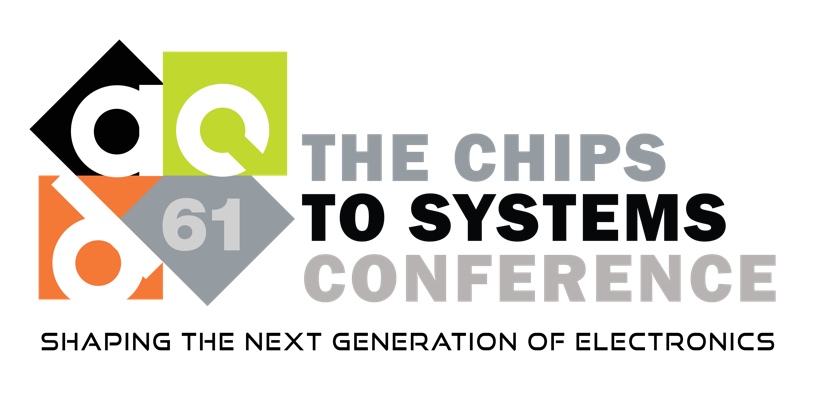Presentation
Compact and Efficient CAM Architecture through Combinatorial Encoding and Self-Terminating Searching for In-Memory-Searching Accelerator
DescriptionContent addressable memory (CAM) has triggered a lot of attention for data-intensive applications due to highly parallel pattern searching capability. Most state-of-the-art works focus on reducing hardware cost of CAM by exploiting various emerging non-volatile memory (NVM) technologies. However, existing CAM designs still mainly follow the conventional encoding scheme which requires two complementary storage nodes and search signals for each bit of entry and query respectively, along with separate precharging and evaluation phases for bit-vector searching, limiting the further improvement of area- and energy-efficiency. In this work, a compact and efficient CAM architecture is proposed through two techniques: (1) a combinatorial encoding scheme for CAM by encoding entry/query states with permutations and combinations of multiple storage nodes as a group, which can significantly improve the encoding efficiency and thus greatly reduce the hardware implementation cost of CAM compared with conventional encoding scheme; (2) an one-step self-terminating searching scheme for CAM by detecting matching condition during precharging phase and terminating precharging once a match is detected, which can further reduce the search delay and energy. The experiments and evaluations of the proposed CAM architecture with co-optimization of combinatorial encoding and self-terminating searching are carried out based on ferroelectric FET (FeFET), which can reduce the area-energy-delay product (AEDP) by 1182× over the conventional CMOS-based CAM in data searching tasks, showing its great potential for area- and energy-efficient in-memory-searching accelerator.
Event Type
Research Manuscript
TimeTuesday, June 255:00pm - 5:15pm PDT
Location3003, 3rd Floor
Design
In-memory and Near-memory Computing Circuits


